
The W+ Standard™
The W+ Standard™ creates shared social value in six domains: Time savings, Health, Education & Knowledge, Food Security, Income & Assets and Leadership.
A method was developed for each domain to measure and quantify projects’ outcomes on women’s lives.
Questionnaires related to each domain are available for proponents that have registered with the W+ Standard.
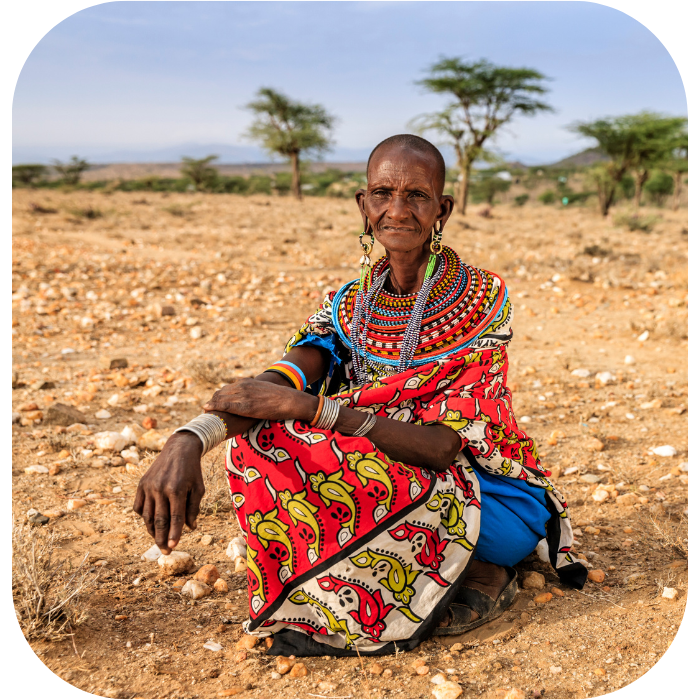
TIME SAVINGS
Time is a key factor for women’s empowerment. Many organizations support women’s entrepreneurship, education, maternal health, and food security in the developing world. But until women are freed from the necessary chores that consume so much time, they will make little progress in other areas.
Read More
Therefore, Time is the domain that enables success in all other domains. In many parts of the developing world, women spend many hours each day performing tasks such as gathering fuel wood or collecting water. When the introduction of technology or new practices frees women from these physically demanding and time-consuming tasks, women have more time to care for their own health, earn cash income, cultivate gardens and new crops, improve their knowledge and education and participate in the enhancement of their communities.
What do we measure?
The W+ Time method enables project developers to document the increase in women’s discretionary time, by measuring shifts in the use of time away from lower-value activities toward higher-value activities.
Read More
This can be accomplished through the use of time-saving technologies and tools including; tractors, biogas digesters, improved cook stoves, water pumps and storage facilities. The methodology will provide direction and guidance on survey techniques, culturally appropriate stakeholder engagement and appropriate degrees of certainty and detail.
By addressing “time poverty” through new technologies and practices, particularly through additional benefits (such as prevention of deforestation, improved air quality and health), the W+ Time method unlocks women’s potential.
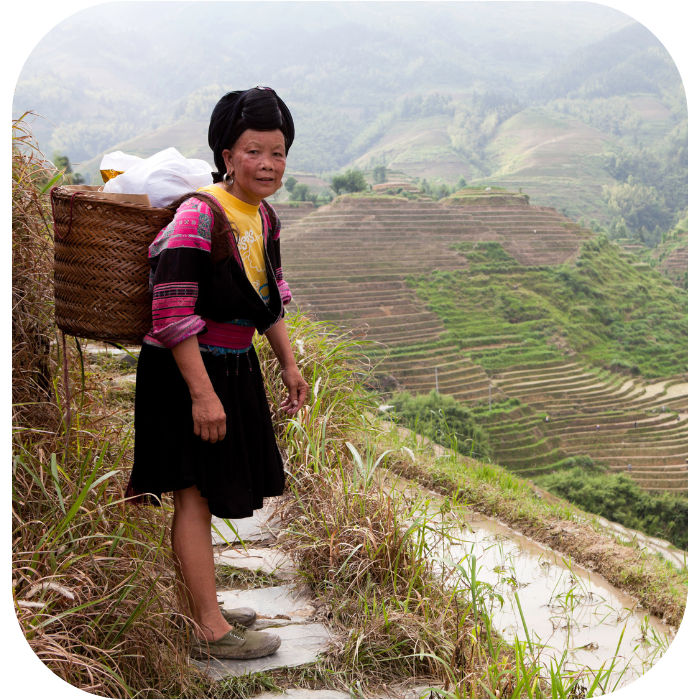
INCOME AND ASSETS
In many regions of the world, women have very limited access to financial or technical assets. Owning property (tools, livestock, land, jewelry), controlling money (having a personal bank account), and making independent decisions about resource use are important leverage points for empowerment.
Read More
Women’s contributions are often un-compensated, but when they are, women can powerfully affect the well-being of their families and communities. The Income & Assets method enables project developers to measure how a project increases income and assets that are accessible to or controlled by women. Examples of assets may be money, jewelry, land, trees, livestock, or equipment. Additionally, the provision of legal rights to women, including that of citizenship and the right to own land, can be essential to women’s empowerment.
What do we measure?
The Income & Assets method will enable measurable and verifiable improvements in access to resources and control of earned assets by women in project communities.

EDUCATION AND KNOWLEDGE
The benefits of female education for women’s empowerment and gender equality are broadly recognized
Read More
As female education rises, fertility, population growth, and infant and child mortality fall and family health improves.
Increases in girls’ secondary school enrollment are associated with increases in women’s participation in the labor force and their contributions to household and national income.
Women’s increased earning capacity, in turn, has a positive effect on child nutrition.
Children — especially daughters — of educated mothers are more likely to be enrolled in school and to have higher levels of educational attainment.
Educated women are more politically active and better informed about their legal rights and how to exercise them.
What do we measure?
The Education & Knowledge method will enable project developers to evaluate how projects have resulted in women’s increased knowledge and skills, as well as the transmittal of women’s knowledge and skills to others in the community. This can be measured by increased knowledge and skills gained from extension services about agriculture, forest management, livestock, renewable energy, sanitation and health, etc.
Read More
Other skills include those of basic reading and writing, numeracy, business management, computer and GPS use, and communication. Local initiatives to share knowledge, skills and information, and invitations to participate in training and education opportunities and exposure visits to observe successful initiatives in other communities, especially those run by women, can provide strong incentives and positive examples.
The economic benefits of enhanced education and knowledge among women and girls are compelling and some businesses see these benefits as a path to creating market demand for their goods or services or developing a more effective workforce. In addition to these business motivations, national and regional governments may realize great benefits through improved economic outputs and reduced social costs, as a result of the educational empowerment of women and girls.
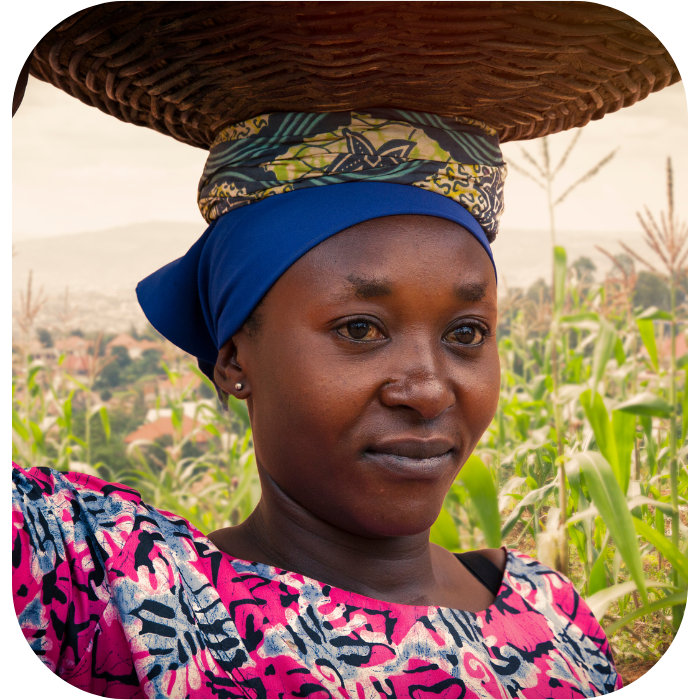
LEADERSHIP
Within developing economies, women are still widely under-represented in decision-making at all levels, in the household, in businesses, and in the public sphere. Addressing these inequities through laws and public policy is a way of formalizing the goal of gender equality.
Read More
However, legal changes are not always sufficient to overcome customs and to create lasting changes. Implementation of programs that improve women’s leadership can help close the gap between what laws proscribe and what actually occurs.
Closing the gap in well-being between males and females is as much a part of development as is reducing income poverty. “Greater gender equality also enhances economic efficiency and improves other development outcomes”. (International Monetary Fund. Empowering Women Is Smart Economics Finance & Development, March 2012, Vol. 49, No. 1).
What do we measure?
The Leadership method enables project developers to evaluate how projects result in increased decision making roles for women – within the context of the project itself or within households and communities.
Read More
This can be measured through evaluating increases in the representation and participation of women both quantitatively and qualitatively in governance bodies of community organizations (measuring how many women are in leadership roles and how many are active in discussions and decisions) or an increase in the effectiveness of women’s groups to advocate, manage funds, negotiate and network through leadership and entrepreneurship skill development and coaching.
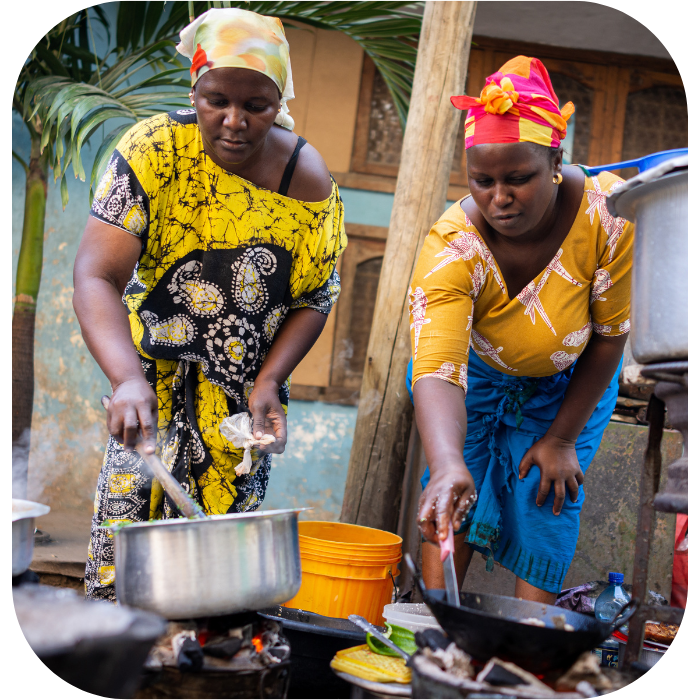
FOOD SECURITY
Improvements in Food Security are critical for women’s attainment of economic, social and health improvements. Women are often responsible for ensuring that their families are fed, yet they themselves may go without adequate nutrition.
Read More
Women in developing economies, particularly in indigenous communities, are the custodians of local plant knowledge, traditional methods and practices of crop and soil management. Supporting women in their role as food-producers is critical for long-term food security, improved nutrition and effective, sustainable resource stewardship.
What do we measure?
The Food Security method will enable project developers to evaluate how the project has decreased the quantity and quality of food insecurity within households
This can be measured through documentation of increased soil fertility and yields, diversity of crops and vegetables, and other improvements in farming systems.
Read More
Another approach is to measure and document improvements in tools or access to tools, food storage facilities, irrigation systems and post-harvest practices that result in improved crop yields and decreased post-harvest losses, leading to more availability of nutritious foods for women and their families.
In developing economies, women produce from half to far more than half of all food production, yet they receive a small fraction of aid resources directed to agricultural development. Investments in projects ensuring that women have access to tools, resources, knowledge, facilities, and access to markets for their production, can have multiple positive benefits in women’s economic empowerment, nutrition and health, and resource stewardship.
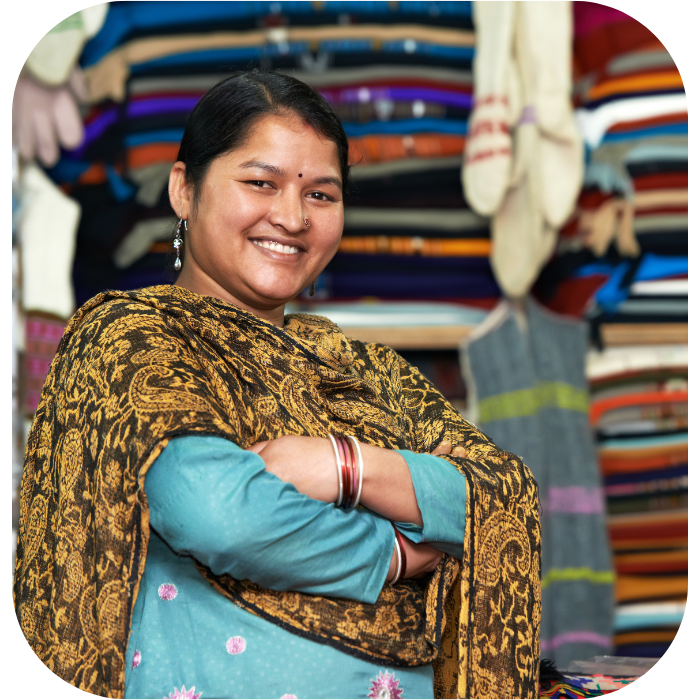
HEALTH
According to the UNICEF, 66% of the world’s work is done by women. This includes work inside the home as care-givers for children and seniors, paid and un-paid labor, food production (cultivating crops, collecting and storing harvests) and resource management (water and fuel).
Read More
If women are in poor health, due to poor nutrition, lack of access to health care, or the impacts of disease, their reduced work capacity will inevitably lead to multiple, cumulative, negative impacts to families, communities and to national economies. Improving women’s health, and community health overall, can have a positive multiplier effect locally, and nationally.
What do we measure?
The Health method enables project developers to evaluate how the project has improved the overall health of women.
This can be documented through improved health education, expanded access to health services and clinics and improved staffing and supplies to existing health clinics.
Read More
Additional measurable improvements may include: infant and maternal mortality rates, rates of anemia amongst women, vaccination rates and local disease rates (respiratory, gastrointestinal, etc.). With the Health method, outcomes in health investments can be effectively measured, and changes over time can be tracked.
